Hakodate Travel: Top Things to Do in Hokkaido's Famous Port City

Hakodate is the sophisticated port city of Hokkaido. Read on to learn about 20 places to visit and things to enjoy during your trip. Our list includes the million-dollar night view from Mt. Hakodate, Goryokaku Tower, the bathing monkeys, lovely gardens, and shopping spots for souvenirs.
Hakodate: Hokkaido's Largest Port City

Aerial view of the Goryokaku Fortress. Photo by Pixta
Hakodate is located near the southern tip of Hokkaido. For many years, this city flourished as a trade port and remains lined with buildings that combine elements of European and other international cultures with Japanese culture.
Hakodate is a charming city, known for the beauty of its stunning night views and fresh seafood. This article introduces 20 things to do and places to visit when in Hakodate, as well as travel tips on weather and access.
Hakodate: 20 Things to Do and Places to Visit
1. Mt. Hakodate: Splendid Night View
2. Goryokaku Tower
3. Motomachi Area
4. Kanemori Red Brick Warehouse
5. Hachiman-zaka Slope
6. Hakodate Meijikan
7. Hakodate Port
8. Seikan Ferry Memorial Ship Mashumaru
9. Former British Consulate of Hakodate
10. Hakodate Morning Market
11. Daimon Yokocho
12. Yunokawa Onsen and Hakodate Tropical Botanical Garden
13. Kosetsuen Garden: For Autumn Foliage
14. Mizunashi-Kaihin Onsen
15. Onuma Quasi-National Park
16. Hakodate Park
17. Cape Tachimachi
18. Hakodate Hachimangu Shrine
19. Hakodate Museum of Northern Peoples
20. Matsumae Castle
Access to Hakodate
Transportation in Hakodate
Weather and What to Wear in Hakodate
1. Mt. Hakodate: Splendid Views of the City

Picture courtesy of Hakodate City Tourism Department
When people think of Hakodate, Mt. Hakodate, famous for its million-dollar night view, comes to mind.
To see the night view, take the ropeway from the base of Mt. Hakodate. You’ll arrive at the summit in about three minutes. The beauty of the night view is striking, as the beauty of the city lights is enhanced by the narrow terrain and the pitch-black ocean.
Hotels near Hakodateyama Ropeway Sanroku Station
2. Goryokaku

Picture courtesy of Hakodate City Tourism Department
Goryokaku is Hakodate’s most popular sightseeing spot. Originally a fort built at the end of the Edo period (1603-1868), it is now open as a park.
The defining feature of Goryokaku is its giant star shape. It was made in this shape so as to not create any blind spots during enemy invasions. Artillery units were installed at each point of the star and prepared for attacks.
The surroundings of the fort have been converted into a park where seasonal changes can be enjoyed throughout the year. In the spring, cherry blossoms are in full bloom while the park is dyed in the colors of autumn leaves in the fall.
You can see the entirety of Goryokaku by going up to the top of the 107-meter tall Goryokaku Tower located next to the park. The first floor of the tower is a souvenir shop.
Hotels near Goryokaku Tower
↑ Return to the top of article.
3. Motomachi

Old Public Hall of Hakodate Ward. Photo by Pixta
In 1859, Hakodate Port opened as one of the first international trade ports in Japan. Since then, Motomachi has now become an area with buildings fusing various cultures influenced by the growth of overseas residents.
The Old Public Hall of Hakodate Ward, dating back to 1910, is a classic example of local architecture from the late Meiji - early Taisho periods. When visiting this facility, you can try on clothing and costumes from that era! There's also a lovely cafe and a souvenir shop inside.
The Hakodate Orthodox Church, Japan’s first Russian Orthodox Church, is an iconic structure in this area. The sound of the bells that ring melodically throughout the town at 17:00 every Saturday and Sunday morning was chosen as one of the 100 Best Soundscapes of Japan.
We suggest strolling through the streets of Motomachi that have developed and prospered from the confluence of Eastern and Western cultures.
Hotels near Catholic Motomachi Church
4. Kanemori Red Brick Warehouse

Picture courtesy of Pixta
The Kanemori Red Brick Warehouse originally acted as a storehouse but is now a shopping complex. Visitors will find a large variety of shopping here, from fashion and household goods to special Hokkaido souvenirs. At the café, you can try soft-serve ice cream made with fresh milk.
The area is illuminated at night and is perfect for taking a photo for memorabilia! The photos look nice even on rainy days.
Hotels near Kanemori Red Brick Warehouse
5. Hachiman-zaka Slope

Photo by Pixta
Hachiman-zaka Slope is a hilly road that leads straight towards the picturesque porrt of the city This hill is known throughout the country and was selected as the number one “Slope in Japan You Would Want to Visit for Sightseeing.”

Photo by Pixta
The roadside trees are illuminated during the winter. The lights from the port and the trees create a very romantic scene.
Hotels near Hachimanzaka
↑ Return to the top of article.
6. Hakodate Meijikan

Picture courtesy of Hakodate City Tourism Department
If you want to buy souvenirs unique to Hakodate, then head on over to Hakodate Meijikan. The mall has a collection of tasteful items such as glassworks, handicrafts, music boxes, teddy bears, and other merchandise.
Foods that Hokkaido is famous for, like desserts, fresh seafood, ham, and cheese, are sold at Hakodate Rusama-ya Sweets and the Hakodate Seafood Market. We recommend sampling the food as well while you shop.
Hakodate Meijikan
Address: Hakodate, Toyokawacho 11-17
Access: Exit the streetcar at Jujigai and walk for 2 minutes
7. Hakodate Port

Squid fishing boats. Photo by Pixta
Hakodate Port, located not far from Hakodate Station, flourished as a fishing harbor and trade port for many years.
The port, from where many boats and ships come and go, adds to the beauty of the Hakodate night view and the scenery from Hachiman-zaka Slope.
Between April to December, you’ll be able to ride the Bay Cruise Blue Moon and travel around the vicinity of Hakodate Port. Reservations are not required for parties of fifteen or fewer, so please go directly to the Bay Cruise Wharf (if the boat has been reserved beforehand, you may not be able to join the cruise).
Bay Cruise Wharf
Address: Hakodate, Suehirocho 14-17
Access: 5-minute walk from the Suehirocho or Jujigai streetcar stops, 20-minute walk from JR Hakodate Station
Official Website: http://www.hakodate-factory.com/bluemoon/ (Japanese)
8. Seikan Ferry Memorial Ship Mashumaru

The Seikan Ferry Memorial Ship Mashumaru, located right next to Hakodate Station, is a ship museum.
The Seikan Ferry was a regular ferry service that connected Aomori Prefecture and Hokkaido, two areas separated by the ocean. The ferry completed its duty with the opening of the undersea tunnel between Aomori and Hokkaido.
Here, Mashumaru, the actual vessel that was used for the service, has been converted into a museum. Visitors can enter the wheelhouse, normally not accessible, and imagine what it would be like to be a captain. You can also go out onto the deck and enjoy the refreshing ocean breeze.
Hotels near Hakodate City Seikan Liaison Ship Memorial Hall Mashumaru
↑ Return to the top of article.
9. Former British Consulate of Hakodate

The Former British Consulate of Hakodate was used for 75 years since 1859 as a consulate and is now an elegant museum where visitors can come into touch with the era during the opening of Hakodate Port.
Aside from, of course, learning about Hakodate’s history, guests can also relax while enjoying English black tea and baked sweets at the café next door. There are 45 roses of eighteen different varieties that are in season every year from the end of June to the beginning of July planted in the rose garden in the courtyard.
The museum is located right next to Hachiman-zaka Slope, so make sure to visit if you’re nearby.
Hotels near Former British Consulate
10. Hakodate Morning Market

Picture courtesy of Hakodate City Tourism Department

Picture courtesy of Hakodate City Tourism Department
The Hakodate Morning Market, located just outside Hakodate Station, is a market where you can have your fill of fresh seafood from early in the morning.
In addition to enjoying seafood bowls in restaurants, there’s also a shop where you can fish for squid, Hakodate’s specialty, inside the market. The workers will slice the squid you’ve caught into sashimi (raw seafood) on the spot for you.
The Hakodate Morning Market not only offers seafood but is also crowded with shops selling sweet seasonal fruits and household goods. Many of the shops will close once it’s past noon, so definitely visit early.
Hotels near Hakodate Morning Market
11. Daimon Yokocho

Daimon Yokocho is Hakodate’s only food stall “village,” or market. Here you will find a street filled with 26 food stalls just a five-minute walk from Hakodate Station.
The food stall village contains restaurants frequented by local residents including, of course, izakaya (Japanese taverns) and sushi restaurants that serve fresh seafood. There are also ramen shops, restaurants where you can enjoy jingisukan (grilled mutton) or oden (ingredients stewed in a dashi soup), and bars.
Daimon Yokocho
Address: Hokkaido, Hakodate, Matsukazecho 7-5
Access: 7-minute walk from JR Hakodate Station. 5-minute walk from the Hakodate Ekimae streetcar stop
Official Website: http://www.hakodate-yatai.com/ (Japanese)
12. Yunokawa Onsen and Hakodate Tropical Botanical Garden: See the Bathing Monkeys

Picture courtesy of Hakodate City Tourism Department
Yunokawa Onsen is where you’ll want to go for relaxing hot spring baths with great access from the urban area of Hakodate. It is approximately 30 minutes by streetcar from Hakodate Station to Yunokawa Onsen Station. Aside from the ryokan (Japanese inns) around the station, there are also free-to-use footbaths and day-trip hot springs that you can easily visit.
Another suggested location is the Hakodate Tropical Botanical Garden if you are in Hakodate between winter to summer. Here, you can see the monkeys leisurely soaking in the hot springs from December to May, during the Golden Week Holidays.
Yunokawa Onsen is great to stop by on the way to and from your sightseeing in Hakodate as it’s ten minutes by car from Hakodate Airport.
Hotels near Hakodate City Tropical Botanical Garden
↑ Return to the top of article.
13. Kosetsuen Garden: For Autumn Foliage

Photo by Pixta
If you’ll be enjoying the autumn leaves in Hakodate, then we recommend Kosetsuen Garden. Originally an area used as holiday villas for wealthy merchants, it is now open to the public.
In the spring, the cherry blossoms are in bloom, but visitors can enjoy the diverse garden landscape throughout the entire year. In particular, the garden is famous for its beautiful autumn leaves. The fallen crimson leaves blanket the autumn evening, creating a sight that will surely take your breath away.
Every year in November, Kosetsuen hosts MOMI-G Festa, a fall foliage festival with nighttime light-ups and food stalls.
Hotels near Kosetsu-en
14. Mizunashi-Kaihin Onsen

How about enjoying hot springs in the middle of the beautiful outdoors? Mizunashi-Kaihin Onsen is a rare hot spring combining a beach with hot springs. Normally submerged, the hot springs only appear and are enjoyable when the tide is down.
It is quite far from Hakodate, taking around an hour and a half by car from Hakodate Station. However, visitors have the rare experience of enjoying both hot springs and swimming in the ocean at the same time. The hot springs are free to use. After changing into your swimsuit in the locker room, enter the waters!
Bathing times change depending on the rise and fall of the tide, so please check the official website (Japanese) for details.
Mizunashi-Kaihin Onsen
Address: Hakodate, Esanmasaki
Access: 1 hour and a half by car from Hakodate Station. If using public transportation, take the Hakodate-Todohokke (via Kakkumi) bus from in front of Hakodate Station for 2 hours and walk for 40 minutes after alighting. There are four buses per day.
↑ Return to the top of article.
15. Onuma Quasi-National Park

For those that have spare time to travel a bit further from Hakodate, we recommend Onuma Quasi-National Park. You can enjoy Mt. Kisokoma reflected in the surface of the lake, shining like a mirror in the summer, or marvel at the sight of the mountain covered in snow on the frozen winter lake.
It would be a waste to just take a picture after seeing this sight! Onuma Quasi-National Park offers is many outdoor activities for its visitors to partake in. In the summer, enjoy riding a canoe on the lake, and in winter fish for wakasagi, small fish, on the frozen lake in the winter. You can also ride horses here all year round.
The park is reachable in 30 minutes by the Limited Express Hokuto train from Hakodate Station.
Hotels near Onuma Quasi-National Park
16. Hakodate Park

Picture from Hakodate Travel Guide: See The Sights In An Exotic Northern City
Hakodate Park, opened in 1879, is great for relaxing strolls and encountering history. It is designated as one of Japan's 100 Historical Parks and part of the Northern Landscape Gardening Heritage, this garden is living history. It is Hokkaido's first Western-style public park.
The park is home to Hakodate Municipal Museum and an amusement park, making it an ideal destination for families and those traveling with kids.
Address: Hokkaido, Hakodate, Aoyagicho 17
↑ Return to the top of article.
17. Cape Tachimachi

For those looking for outdoor adventure, head to Cape Tachimachi, located about 30 meters above the sea. This southern-facing cape is close to Mt. Hakodate and provides a stunning view of the Tsugaru Strait, which lies between Hokkaido and Aomori on Japan's main island. After capturing the beautiful scene on camera, look for a rose garden with Hamanasu, a Japanese variety that is famous in Hokkaido.
To get to the cape, take the tram to Yachigara and walk for 15 minutes.
Address: Hokkaido, Hakodate, Sumiyoshi
Google Map
↑ Return to the top of article.
18. Hakodate Hachimangu Shrine
Located at the base of Mt. Hakodate, Hakodate Hachimangu Shrine is a prominent Shinto shrine in the Hakodate area. This spiritual area is surrounded by lush forest, contrasting beautifully with the traditional style of the shrine buildings.
The shrine receives the most visitors during Japan's New Year holidays, and there is also a summer festival at the shrine. Hakodate Hachimangu is closest to Yachigara Station on the tram line.
Address: Hokkaido, Hakodate, Yachigara 2-5
Google Map
19. Hakodate Museum of Northern Peoples
The Hakodate Museum of Northern Peoples is ideal for travelers seeking educational entertainment. Museumgoers can learn about Okhotsk culture, including that of the Ainu, a group of indigenous people to Hokkaido. Exhibits of traditional tools, clothing, and other artifacts are on display here. There are also workshops held that allow visitors to try crafts, like Ainu papercutting.
This is a unique museum worth a visit, but please note that the explanations may be in Japanese only and English support will be limited. It is a great place to add to an itinerary near other major sightseeing spots in Hakodate.
Address: Hokkaido, Hakodate, Suehiro 21-7
Google Map
Website: http://www.zaidan-hakodate.com/hoppominzoku/ (Japanese)
20. Matsumae Castle

Picture from Hakodate Travel Guide: See The Sights In An Exotic Northern City
Matsumae Castle is the northernmost traditional castle in Japan and lies outside of Hakodate City. During the Edo period, it marked the northern border of Japan's territory and therefore holds great historical significance. Located in a park, visitors can usually enter the castle for a modest fee and see a small exhibit inside.
The castle grounds are designated as an official historic site by the government. In the spring, light pink cherry blossoms bloom around the castle. Please note that the castle is a fair distance from Hakodate--from Kikonai Station, west of Hakodate, it takes around one hour and a half via bus.
Hotels near Matsumae Park
↑ Return to the top of article.
Transportation in Hakodate

Picture courtesy of Hakodate City Tourism Department
The main sightseeing areas in the city can be accessed by foot or by riding the streetcar. If you’ll be visiting the suburbs for Mizunashi-Kaihin Onsen or Onuma Quasi-National Park, be sure to travel with time to spare, as you’ll be taking either the bus or limited express train.
The roads in central Hakodate are well-regulated and conveniently rezoned, so we believe you’ll be able to walk without any problems or getting lost on the road.
Access to Hakodate

Picture courtesy of Hakodate City Tourism Department
The main methods of transportation between Hakodate and Tokyo are plane and shinkansen (bullet train). For those thinking about travel time and cost, we recommend flying for easy travel.
Use Hakodate Airport
It will take one hour and a half from Haneda or Narita Airport to Hakodate Airport. Tickets will fluctuate depending on the season and airline company with fees averaging at less than 10,000 yen to 20,000 yen one-way. There is one bus offered every 20 to 30 minutes from Hakodate Airport to Hakodate Station in around 20 minutes. It will cost 400 to 500 yen.
Shinkansen (Bullet Train)
If riding the shinkansen, first you will travel to Shin-Hakodate-Hokuto Station from Tokyo Station, then transfer to the JR Rapid Hakodate Liner. It will take four hours and fifteen minutes from Tokyo Station to Shin-Hakodate-Hokuto Station, and will cost 22,490 yen for a reserved seat. It is fifteen minutes by JR Rapid Hakodate Liner (bound for Hakodate) from Shin-Hakodate-Hokuto Station to Hakodate Station and will cost 360 yen.
From Sapporo Station to Hakodate
Take the JR Limited Express Super Hokuto from Sapporo Station to Hakodate Station for three hours and 50 minutes (with no transfers). It will cost around 8,830 yen.
Weather and What to Wear in Hakodate

Hokkaido is known for its cold winters. Hakodate has an average temperature that will easily reach 20 to 25°C in the summer, from June to September. Temperatures will fall to around below-freezing in the winter from December to March. If you’ll be visiting during the winter, please be sure to do your sightseeing while wearing warm clothes.
FAQ
What is Hakodate in Japan known for?
Hakodate, a city in southern Hokkaido, Japan, is rich in history and unique attractions. It is famous for its historical significance, as it pioneered foreign trade, which is reflected in its architecture and heritage. Popular places to visit include Mount Hakodate, which offers breathtaking views and is renowned for its night scenery, the star-shaped Goryokaku Fort, the Hakodate Morning Market, a hub for fresh seafood and local delicacies, Western architecture like churches and structures showcasing the city's trading port past, and Onuma Quasi-National Park, which boasts lakes, mountains, and outdoor activities. Combining historical charm, natural beauty, culinary delights, and cultural gems, Hakodate beckons travelers to explore Hokkaido.
Is it worth visiting Hakodate?
Yes, visiting Hakodate in Japan is definitely worth it! Hakodate in Japan, located in southern Hokkaido, entices visitors with its panoramic cityscapes from Mount Hakodate, historic allure at Goryokaku Fort, cultural treasures like the Old Public Hall, seafood delicacies, rejuvenating onsen, and convenient access. This city blends natural beauty, history, culture, and gastronomy, promising a remarkable journey for all travelers seeking diverse experiences and memorable delights.
How long should I stay in Hakodate?
For a fulfilling trip to Hakodate, stay 2-3 days exploring main attractions like Mount Hakodate, Goryokaku Fort, and the Morning Market. Consider factors like side trips to surrounding areas, seasonal activities, and personal travel preferences when deciding on timing. Extending your stay if you want a deeper dive into Hokkaido's culture and cuisine is advisable. Perfect for a relaxed pace, first-time visitors can savor local seafood, enjoy hot springs, and experience historical sites comfortably in this timeframe. Ultimately, ensure your stay aligns with your desired experience, whether leisurely exploration or a more condensed tour of Hakodate's highlights.
Is Hokkaido the same as Hakodate?
No, Hokkaido and Hakodate are not the same. Hokkaido is the northernmost of Japan's main islands and is the second largest island in Japan. It is known for its natural beauty, national parks, hot springs, and winter sports destinations. Hokkaido has several cities, including Sapporo, Hakodate, Otaru, and Asahikawa, each offering unique attractions and experiences. Hakodate is a city located in the southern part of Hokkaido, specifically on the Oshima Peninsula. It is known for its history, architecture, seafood, and scenic views. Some of the popular attractions in Hakodate include Mount Hakodate, Goryokaku Fort, and the Morning Market. In summary, Hokkaido is the larger island that encompasses various cities and regions, while Hakodate is one of the cities within Hokkaido. If you are planning a trip to Hokkaido, Hakodate is one of the cities within the prefecture that you might consider visiting for its unique offerings.
When should I visit Hakodate?
Deciding on the best time to visit Hakodate hinges on your preferred experiences. Spring (March-May) showcases cherry blossoms in full bloom, creating picturesque landscapes. Summer (June-August) offers mild temperatures ideal for outdoor activities. Autumn (September-November) paints the city with vibrant fall foliage, perfect for exploring parks and historical sites. Winter (December-February) transforms Hakodate into a winter wonderland, inviting visitors to enjoy snow-covered vistas and seasonal festivals. Consider attending special events like the Hakodate Cherry Blossom Festival in spring or Hakodate Christmas Fantasy in winter for unique experiences. Ultimately, the choice of when to visit Hakodate depends on your desired activities and the seasonal charm you wish to embrace.
Can I use the JR pass from Sapporo to Hakodate?
Yes, the Japan Rail Pass (JR Pass) can be used for travel between Sapporo and Hakodate. The JR Pass is a cost-effective rail pass available to foreign visitors and offers unlimited travel on most JR trains throughout Japan for a set period of time.
To travel from Sapporo to Hakodate using the JR Pass, you can take the Hokkaido Shinkansen, which connects the two cities. The Hokkaido Shinkansen runs from Shin Hakodate-Hokuto Station in Hakodate to Shin-Aomori Station on the main island of Honshu, with a connection to Tokyo. It is a convenient and efficient way to travel between Sapporo and Hakodate while enjoying the comfort of Shinkansen (bullet train) services.
When using the JR Pass, it's essential to activate it at a JR Pass exchange office in Japan before you embark on your train journey. Make sure to check the train schedules and seat availability, especially during peak travel seasons, to plan your trip smoothly.
How to get to Hakodate by train from Tokyo?
To travel from Tokyo to Hakodate by train, take the Tohoku Shinkansen (Hayabusa or Hayate) to Shin-Hakodate-Hokuto Station. This leg of the journey is covered by the Japan Rail Pass (if you have one). Upon arriving at Shin-Hakodate-Hokuto Station, transfer to the Hakodate Liner, a limited express train, which will take you directly to Hakodate Station. The journey on the Liner takes around 15-20 minutes. Another option is to take a rapid train from Shin-Hakodate-Hokuto Station to Hakodate Station, which takes slightly longer than the Hakodate Liner but is still a convenient choice. The entire journey from Tokyo to Hakodate by train takes around 4.5 to 5 hours, depending on connections and train schedules.
How much is train ticket from Sapporo to Hakodate?
As of April 2024, a limited express ticket from Sapporo to Hakodate costs 9,440 yen and the ride takes 3 hours and 48 minutes. Taking a highway bus from Sapporo Station to Hakodate Station is less expensive, at 4,800 yen, but the ride takes 5 hours and 23 minutes. The fastest way to reach Hakodate is by airplane from Shin-Chitose Airport, but the ticket can cost anything between 10,000 en and 25,000 yen, depending on the season and how early you book it.
Get the Most out of Hakodate
Hakodate is full of charming areas and things to do, allowing visitors to enjoy the cultures of a port city influenced by both West and East. We hope you have a wonderful visit and find this article useful!
Read also
This article is an updated revision of an article originally published on August 15, 2016.
This is the official account of MATCHA's editorial department. Our articles feature useful travel information for visitors to Japan, from how-to guides to recommended places to visit.



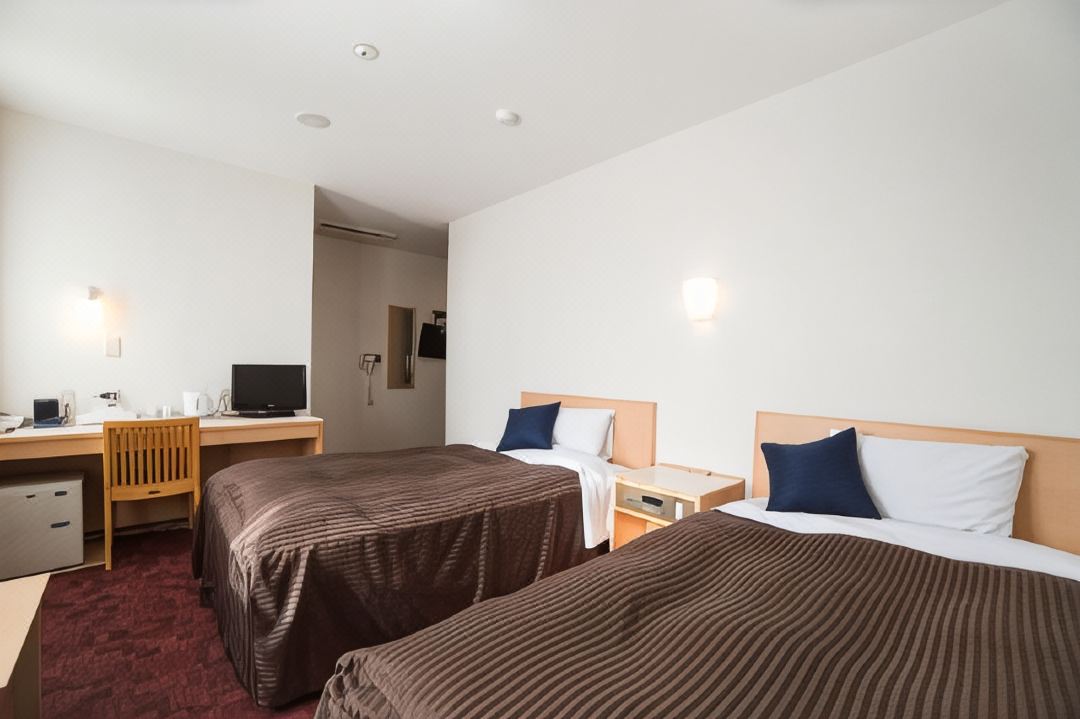

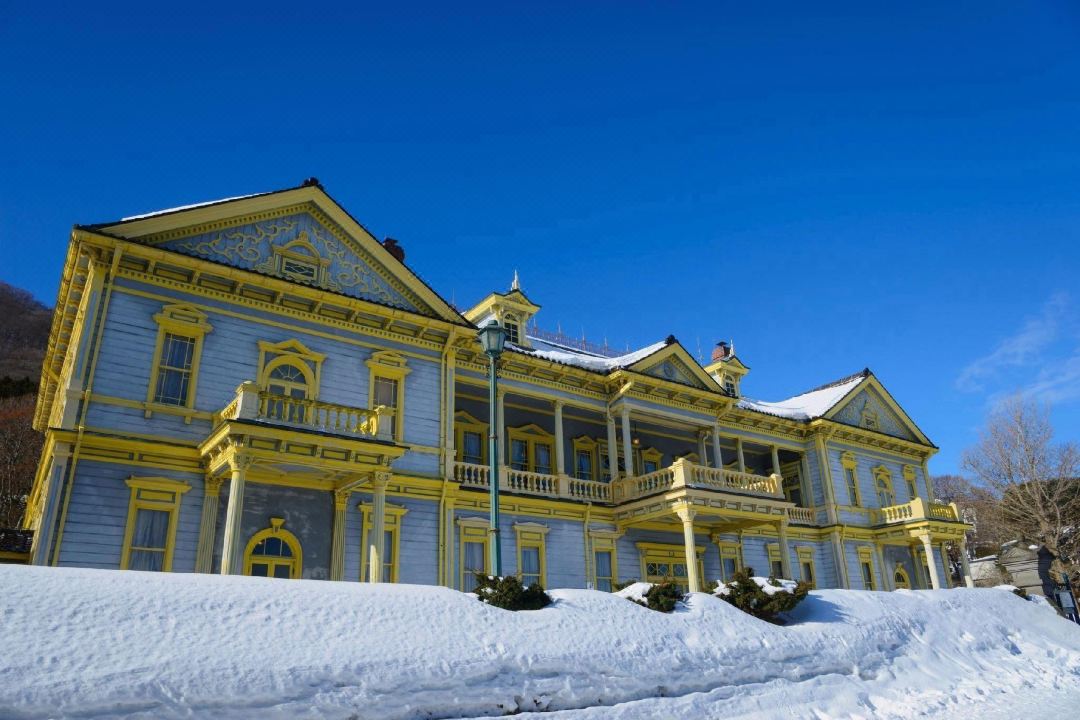


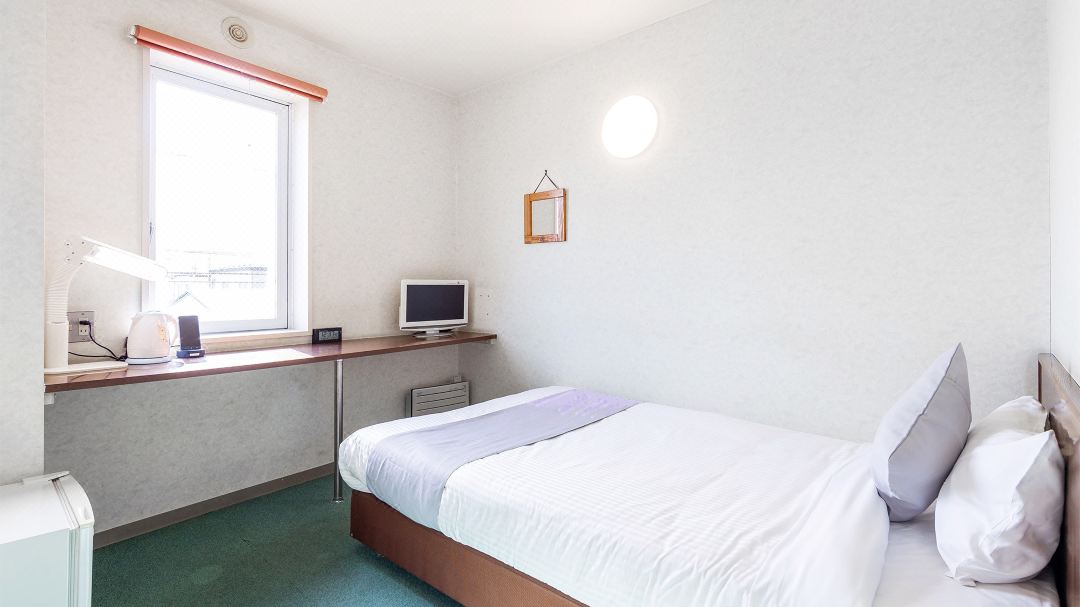
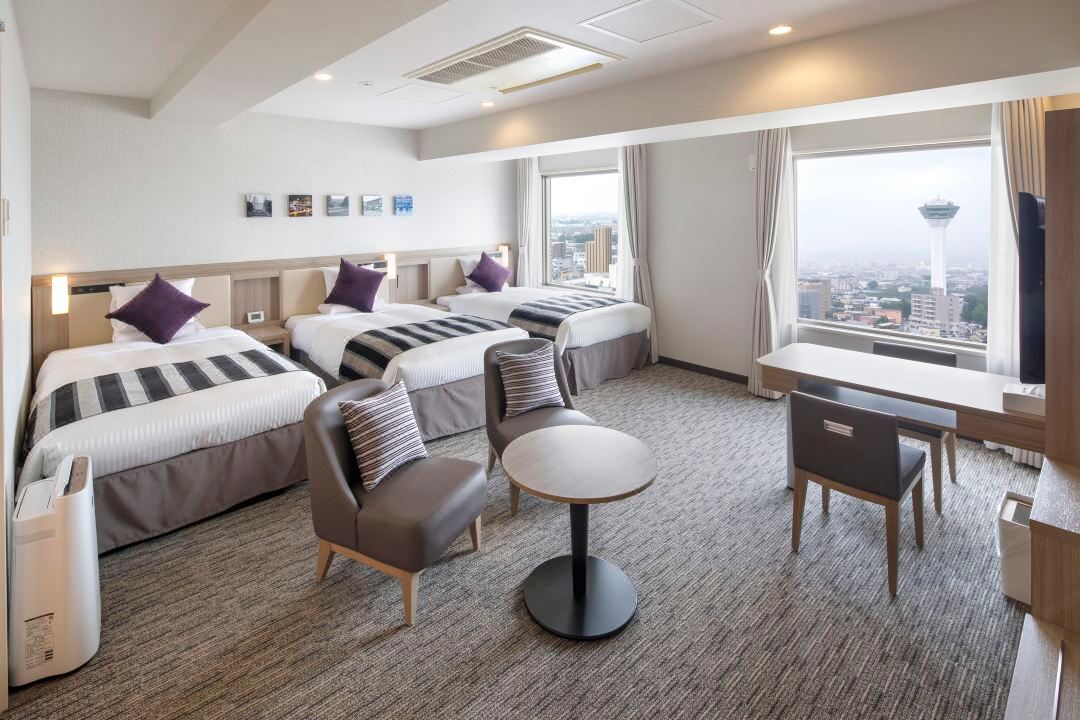
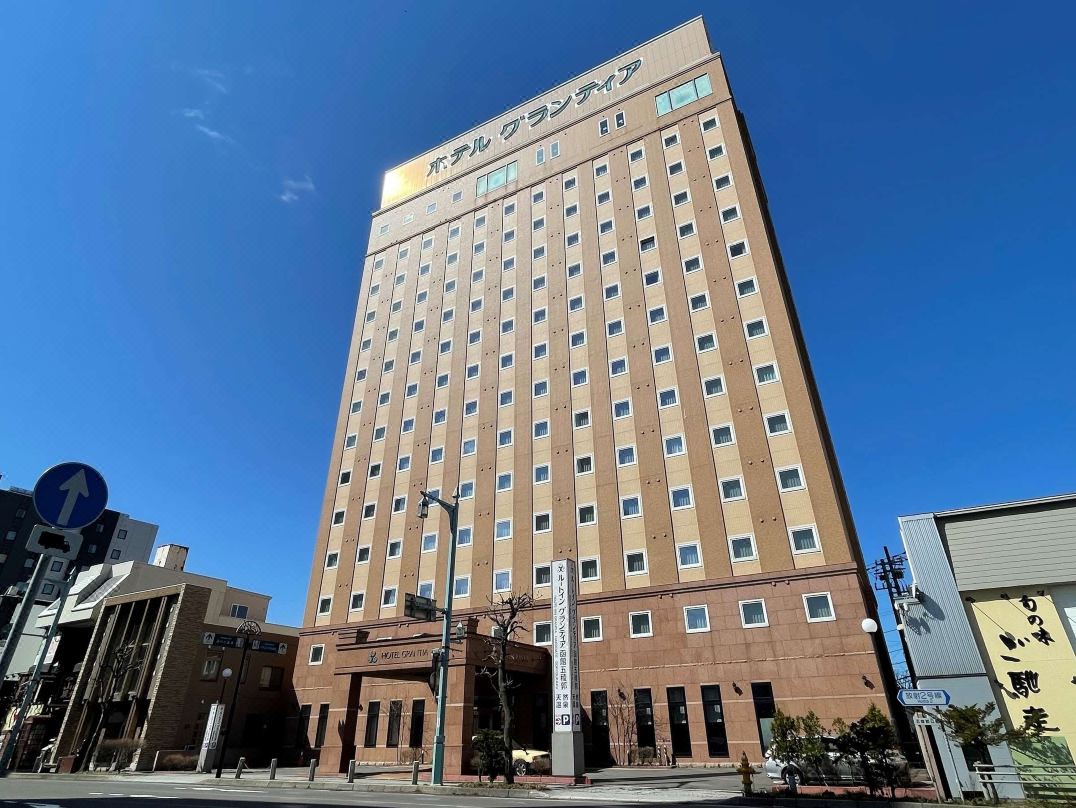


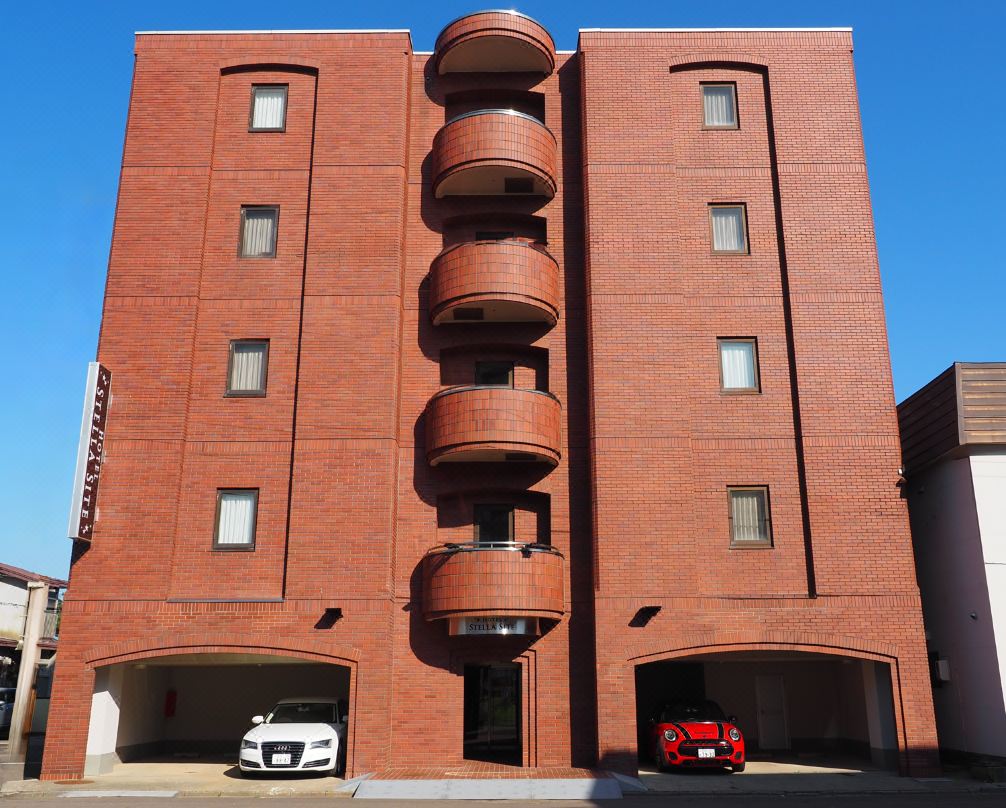


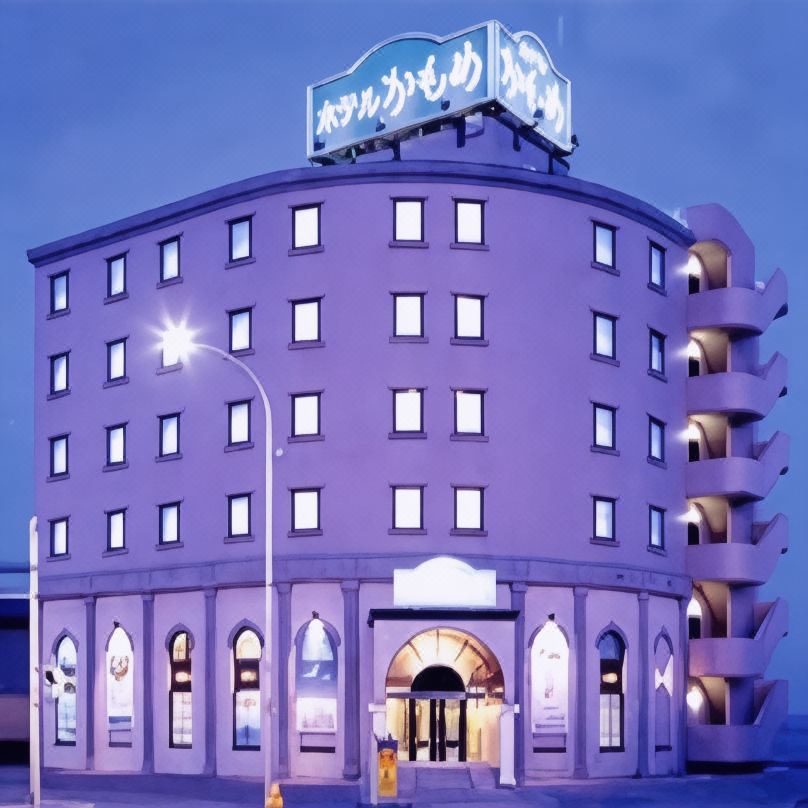
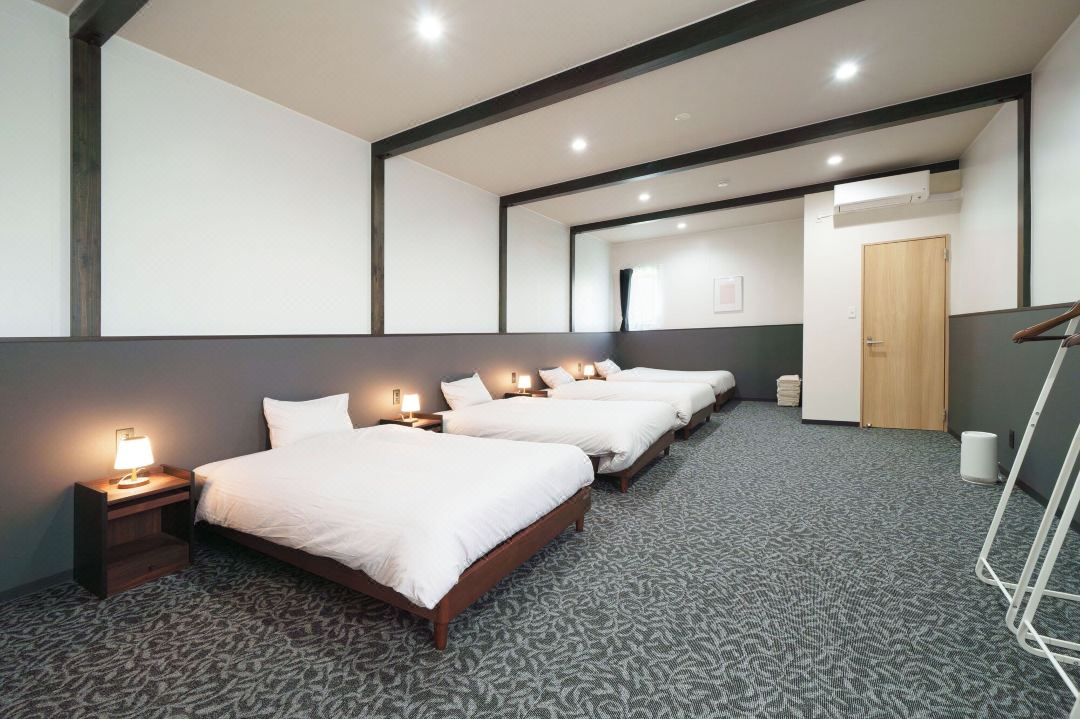
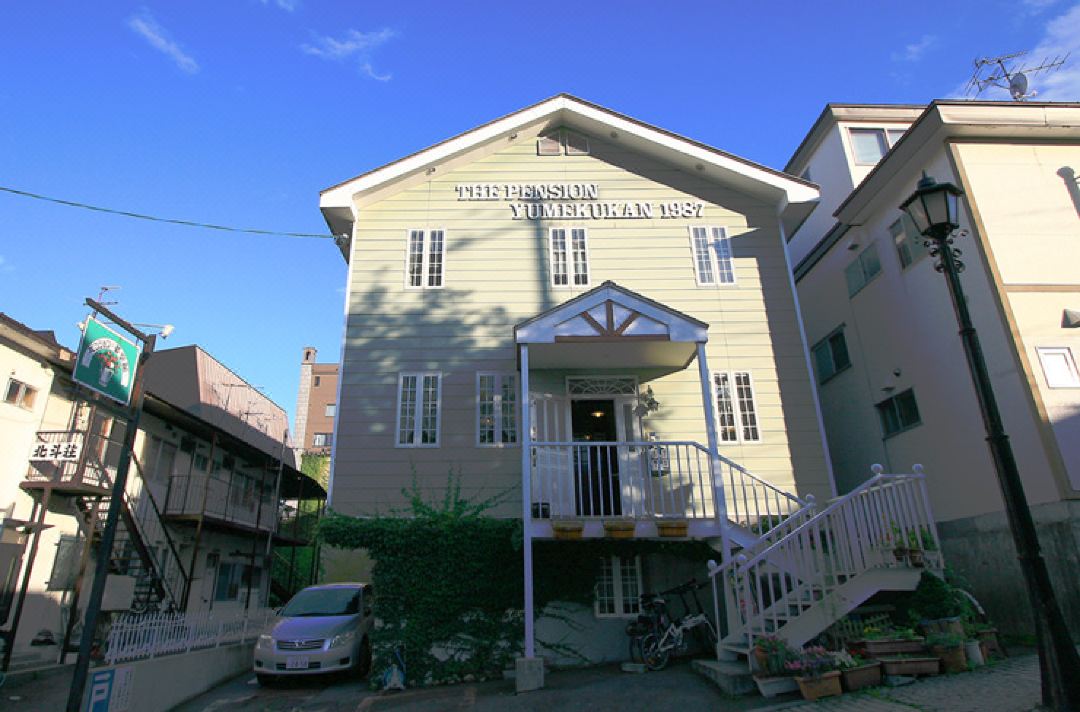

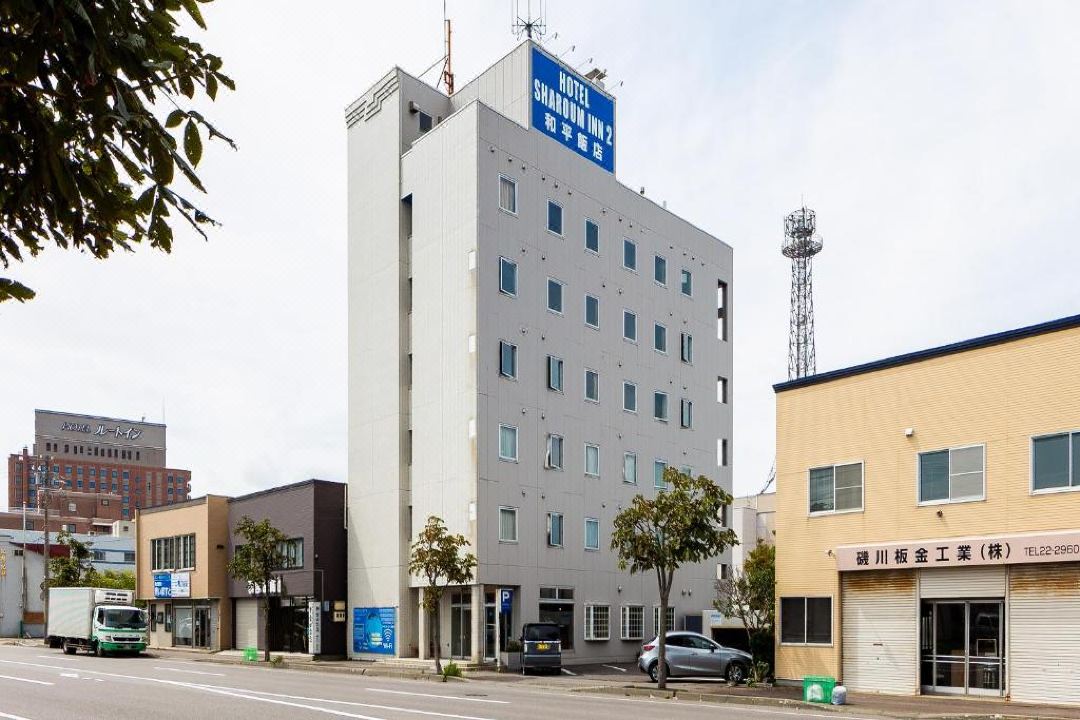

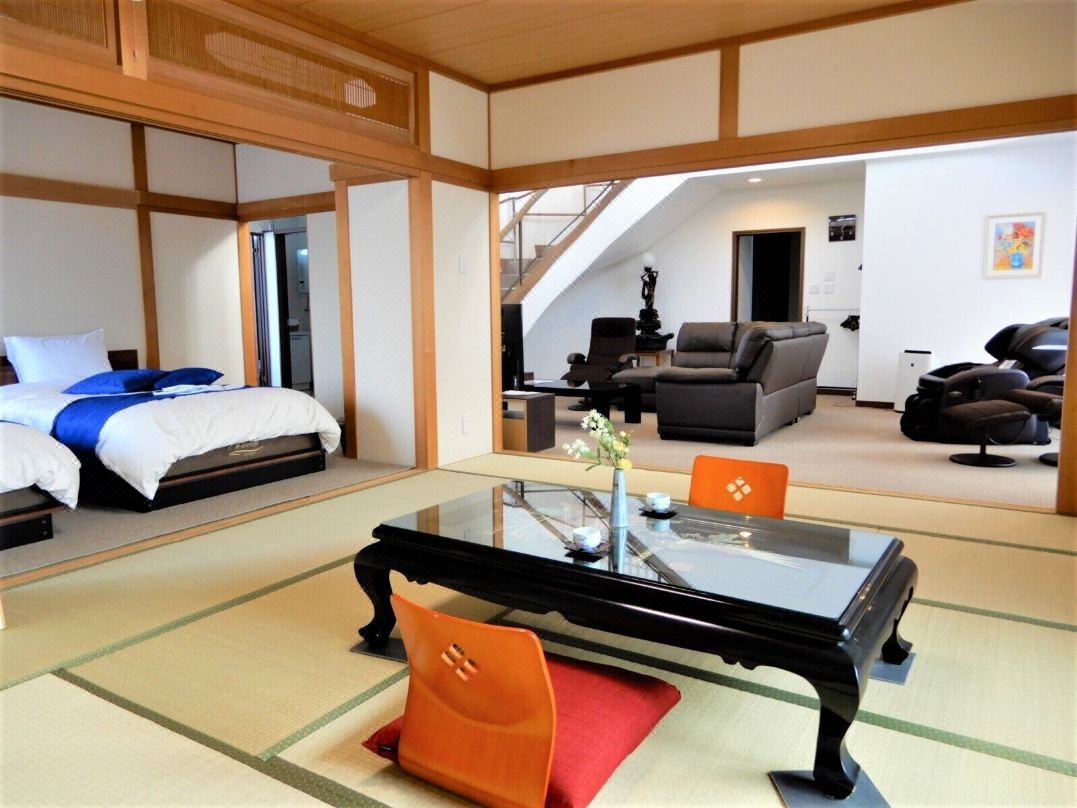

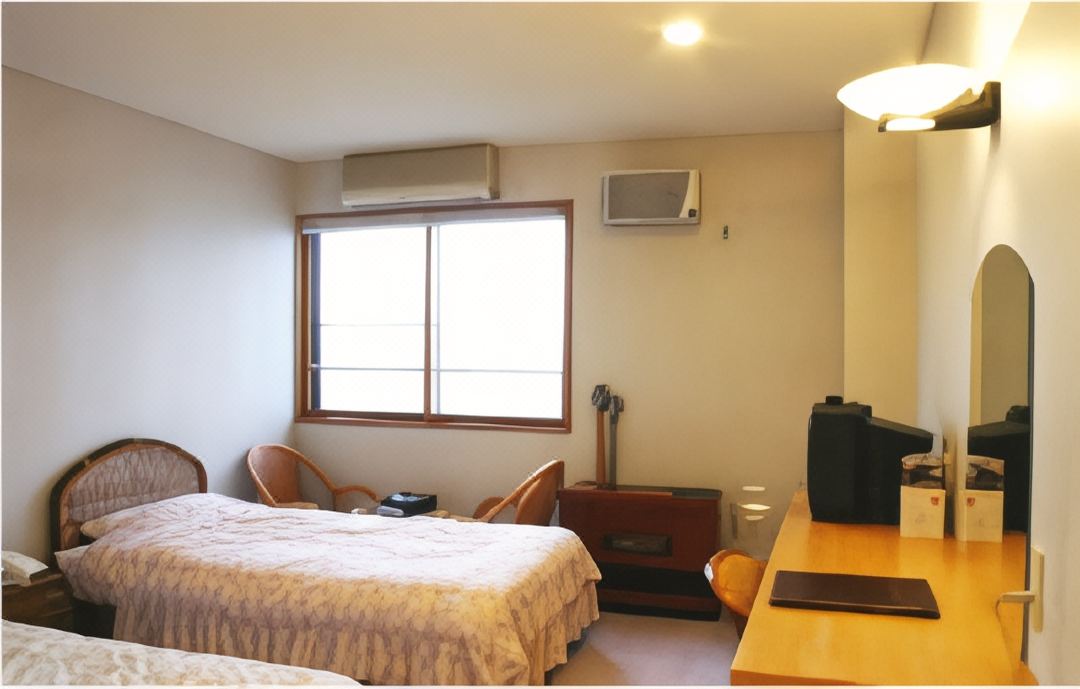
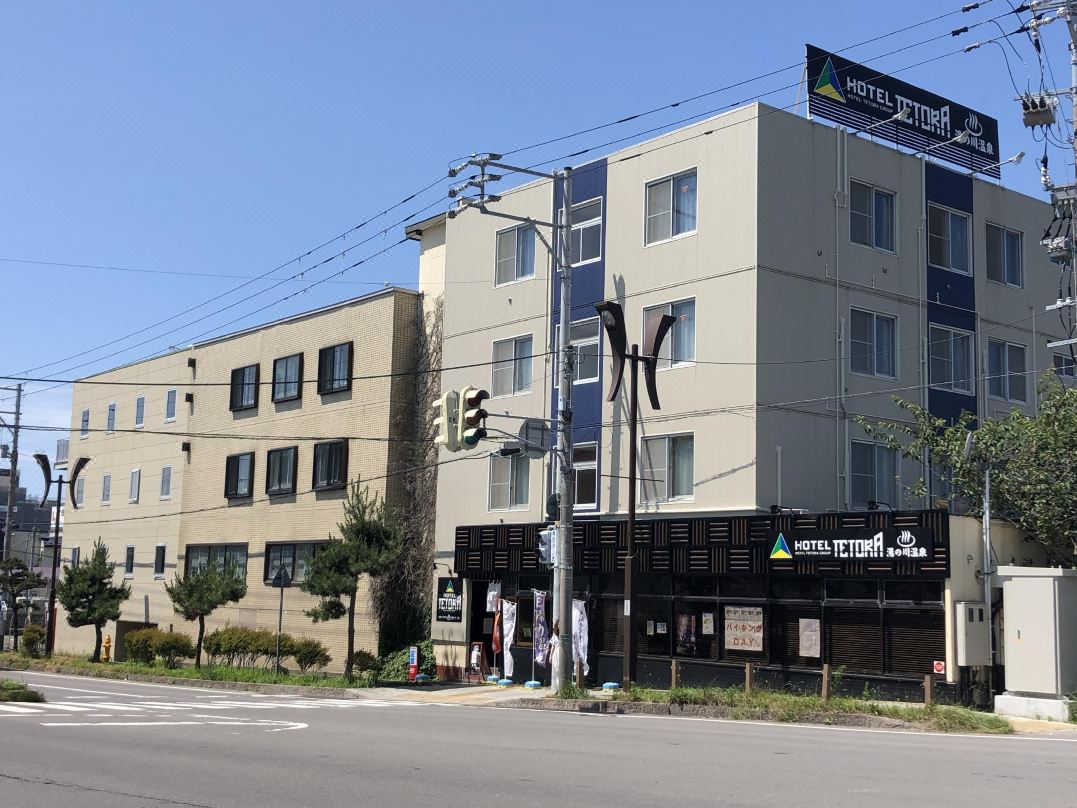


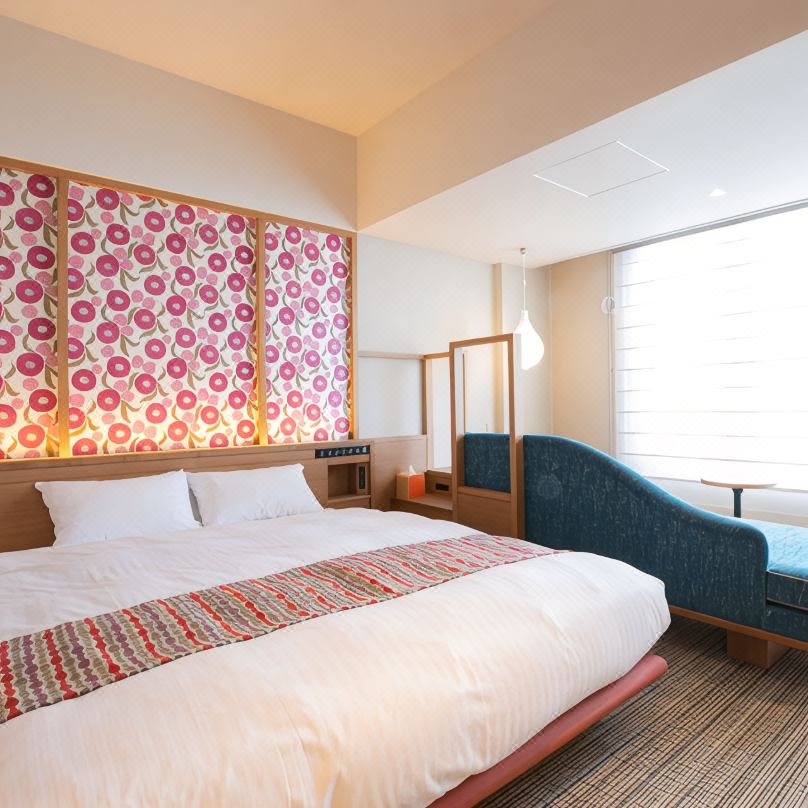
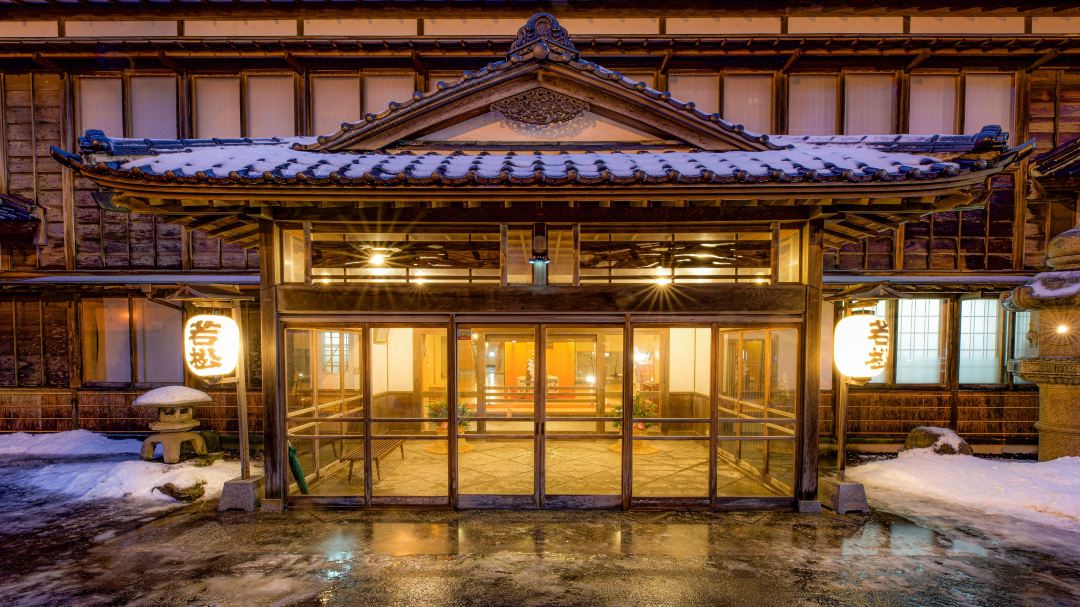

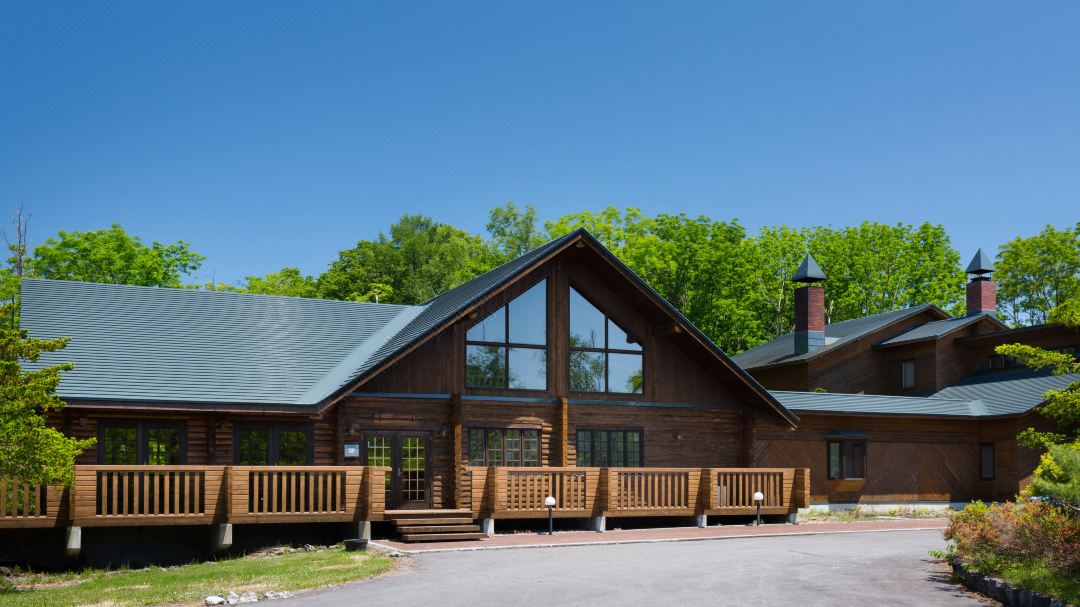









































![[Coupon Available] Recommended Fall/Winter Wear from Scandinavian Brand "Helly Hansen"](https://resources.matcha-jp.com/resize/720x2000/2025/12/15-252920.webp)
![Deep dive into Japanese brands! A tour of famous leather shoe stores with GENSEI & Nin [Otsuka Shoes Edition]](https://resources.matcha-jp.com/resize/720x2000/2025/12/15-252972.webp)